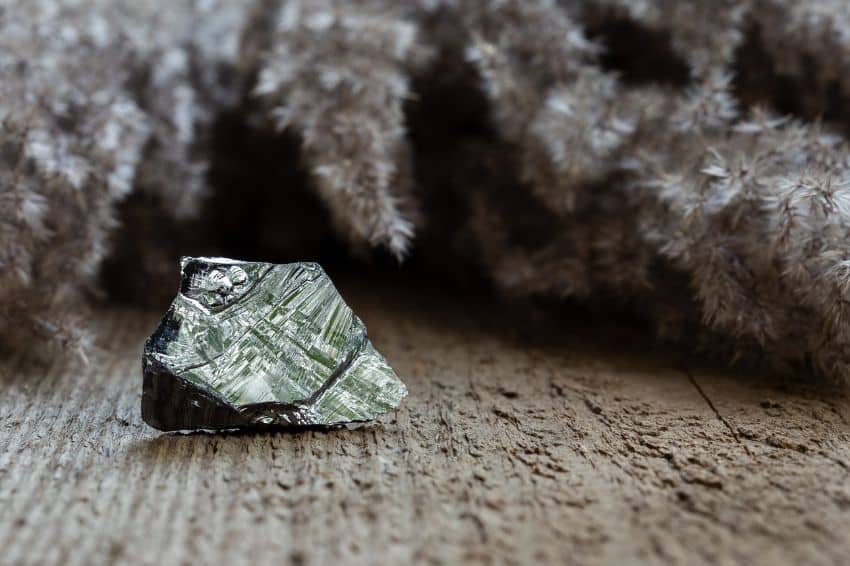In the market research institute's most recent study Benreuter Research indicates the return of pork cycle (pig cycle, translated into Portuguese) in the polysilicon market. This expression indicates a cyclic fluctuation pricing based on market demand.
The call pork cycle is the scenario that basically explains the law of supply and demand for inputs in the international market. When there is a greater demand therefore, the production chain, which is stagnant, responds with more investments, for greater production aiming meet the needs of buyers.
With more input on the market, buyers acquire the volume they need and withdraw market, resulting in a surplus of polysilicon produced. Without so much demand, producers reduce production until the demand for it becomes high again, causing the cycle to repeat itself again.
The polysilicon market followed a constant pattern between 1981 and 2004, with a cycle of seven to eight years.
Changes in the cycle
Until 2004, polysilicon demand was dominated by the semiconductor industry, with its own cyclical variations. From then on, the photovoltaic industry began to grow dramatically, changing market dynamics.
The new demands greatly increased the price and production capacity, making the production time pork cycle reduced by half, from eight to four years.
Soon after, prices peaked in 2008, followed by a steady decline over the next 12 years. In 2010 there was a shakeout (term indicating the exit of, in this case, polysilicon producers due to uncertainties) in the market.
The scenario indicated that the next trough of price variation occurred at the end of 2012, but was of an internal Chinese nature.
Return of the cycle
Low costs and rapid expansion have created a trend of oversupply, which was one reason the most recent down cycle lasted 12 years, according to Bernreuter.
Another aspect was the lower growth of photovoltaic installations. Between 2004 and 2011 the average growth was 59% per year, between 2012 and 2020 this value was 20% lower.
China's commerce ministry encouraged its producers to increase their capacity, so excess supply returned. New price vouchers arrived in January and then September 2016.
After a momentary increase, the Chinese government imposed a limit on photovoltaic installations, which led to the lowest price in history in June 2020, US$ 6.75 per kg.
According to this study, the limit also caused the pork cycle come back. With demand low, there was no capacity addition in 2020, after a large shakeout.
The answer was a gap of just two years from the historic low of June 2020 to the high of US$ 39/kg in August 2022.
However, the new projects did not stop, meaning for Bernreuter the return of pork cycle.
Why pig?
the term pork cycle It was born in the 1920s when cyclical fluctuations were observed in the livestock market.
Although the genesis of the term was born in the economic analysis of this sector, its implications encompass the commercialization of various goods and inputs.
The most common example to explain the pork cycle is: a demand for pigs arises, so two farmers invest in raising these animals, at this moment the pig is a rare commodity. Then, more farmers realize the potential and start raising pigs too, as more pigs are born, the price decreases due to the volume of supply.
As a result, supply and demand stabilize, or there may be more supply than demand. Pork could become a commodity, or consumers could grow tired of the product. Then, farmers stop raising pigs by changing the farm's crops and supply drops. The consequence is that there are now fewer people raising pigs, and as a result it is once again a rare item..
All content on Canal Solar is protected by copyright law, and partial or total reproduction of this site in any medium is expressly prohibited. If you are interested in collaborating or reusing some of our material, we ask that you contact us via email: [email protected].















